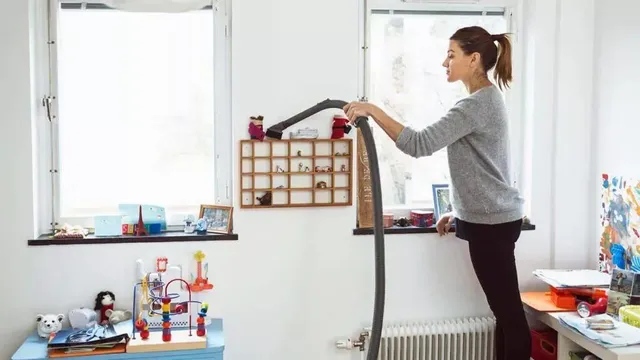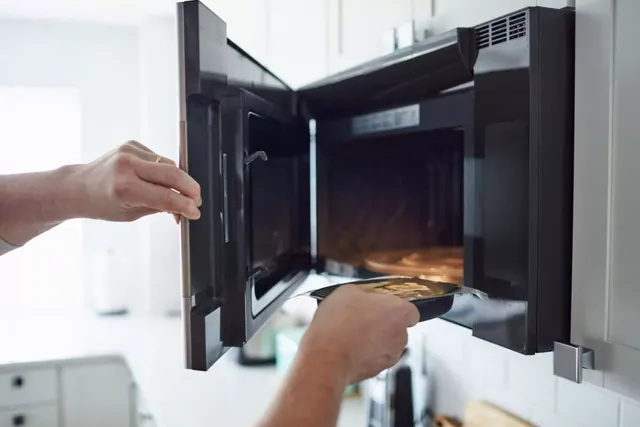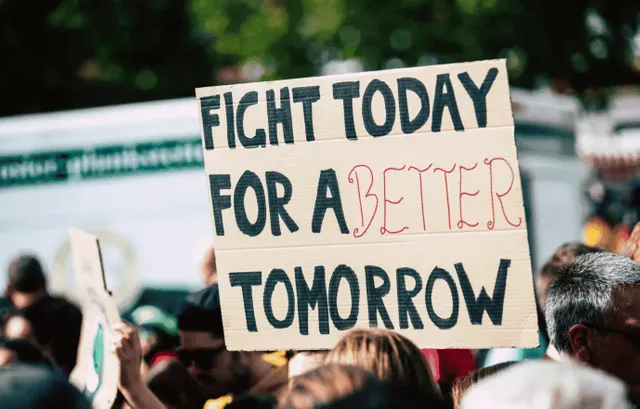Ways to Minimize Consuming Microplastics in Your Food and Drink
More than 8.6 number of tonnes of plastic has been created by people since the 1950 s, 79% of which has arrived up in dumps, landfills, and the regular habitat. That's what researchers caution assuming that our examples of plastic creation and removal proceed, our seas could contain more plastic than fish when 2050.
Plastic is so sturdy and challenging to separate - which is precisely exact thing makes it so helpful to us - that it's essentially outside the realm of possibilities for it to corrupt in the common habitat. No living being can normally separate the compound securities in plastic, so every plastic thing that isn't reused simply breaks into increasingly small pieces throughout its lifetime. These subsequent minuscule pieces (each less than 5 millimeters) are called microplastics, and can be found for all intents and purposes all over; seas, soils, human organs, the guts of fish and bugs, and drifting through the air. Indeed, even in the Marina Channel - the most profound piece of the sea - creatures are consuming microplastics.Human health issues brought on by the compounds in microplastics include hormonal, reproductive, and developmental issues. Among the most prevalent endocrine disruptors are BPA and phthalates, which can harm developing foetuses and result in cancers linked to hormones. The low estimate for the annual consumption of plastic by an ordinary person is 50,000 pieces, but this number might reach 120,000.
The use of microbeads in rinse-off body products was banned in 2015, for example. But, smaller-scale actions can be performed to reduce exposure to microbeads in your daily life and prevent them from contaminating the environment.
According to a 2019 study, the average individual consumes around the same amount of plastic each week as a credit card, much of it comes from the food and drink we consume on a daily basis.
Although it may be alluring to microwave leftovers or takeout straight in the container, heating causes the BPA and phthalates added to plastic to seep out much more readily. These includes takeout containers made of plastic Tupperware, lids, and frozen prepared meals that can be microwaved straight in the container.
Instead, put food in a glass or ceramic container, or keep a few dishes at the workplace for lunchtime. Keep in mind that washing plastic containers in the dishwasher will deteriorate the plastic because of the warm water.
While all plastic is unsafe, items with reusing codes 3, 6, and 7 are much more harming than others, and are known for containing phthalates, styrene, and bisphenols separately (except if they're named as "greenware" or "biobased," in which case they're viewed as more secure). Plastics 3 and 7 are additionally a lot harder to reuse.
Stay away from these plastics whenever the situation allows - particularly with regards to food. Look at reusing codes on the lower part of bundled items at the supermarket and settle on an educated conclusion about which to pick. Also, rather than putting away extras in plastic holders with these codes, select rather for glass, silicone, or aluminum foil. Obviously, hurtful synthetic compounds exist in different kinds of plastic also, so it's ideal to keep away from every last bit of it, if conceivable.
Researchers particularly caution guardians of small kids to stay away from these kinds of plastic, as children are inclined to placing delicate plastic in their mouths.
We can restrict our own utilization and openness to microplastics, however huge scope arrangements are expected to battle plastic contamination genuinely. Battle for a more straightforward framework from the EPA - who has command over the synthetics permitted in plastic - and utilize your vote to place lawmakers in office that will focus on the wellbeing of their residents and really address the plastic contamination emergency.
Linnea moved on from Skidmore School in 2019 with a Four year college education in English and Natural Examinations, and presently lives in Brooklyn, New York. Alongside her latest situation at Yearning Free America, she has interned with the Sierra Club in Washington, DC., Saratoga Living Magazine, and Philadelphia's NPR Part Station, WHYY.


